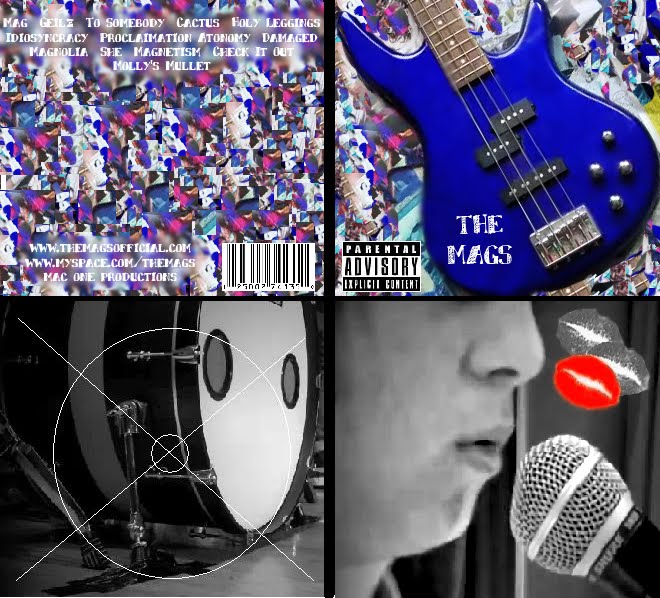The rule of thirds is a compositional rule in visual arts such as painting, photography and design. The rule states that an image should be imagined as divided into nine equal parts by two equally-spaced horizontal lines and two equally-spaced vertical lines. Proponents of the technique claim that aligning a subject with these points creates more tension, energy and interest in the composition than simply centering the subject would.
Head room
Headroom refers to the distance between the top of the subject's head and the top of the frame, but the term is sometimes used instead of lead room, nose room or looking room to include the sense of space on both sides of the image. Headroom changes as the camera zooms in or out, and the camera must simultaneously tilt up or down to keep the center of interest approximately one-third of the way down from the top of the frame. The closer the subject, the less headroom needed. In extreme close-ups, the top of the head is out of the frame, but the concept of headroom still applies via the rule of thirds.
One of the most common mistakes that casual camera users make is to have too much headroom - too much space above the subject's head.



